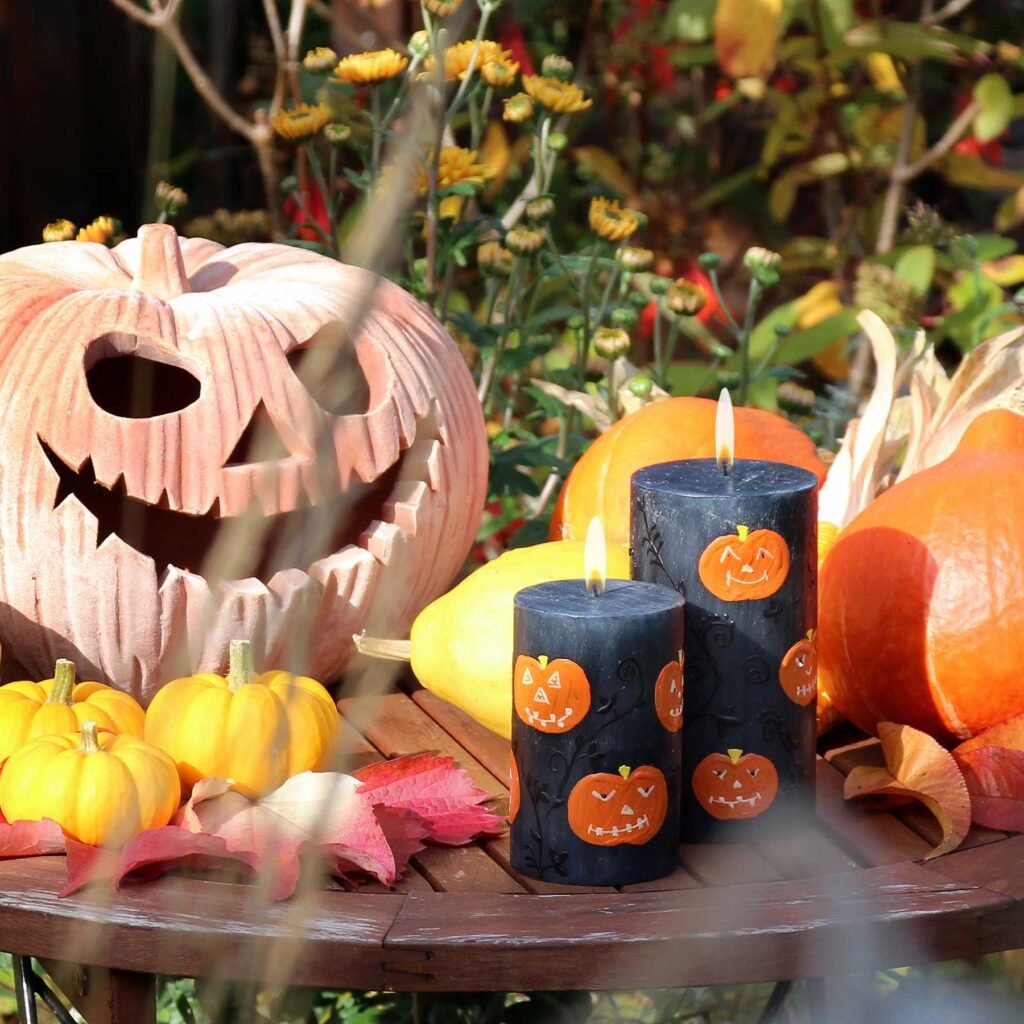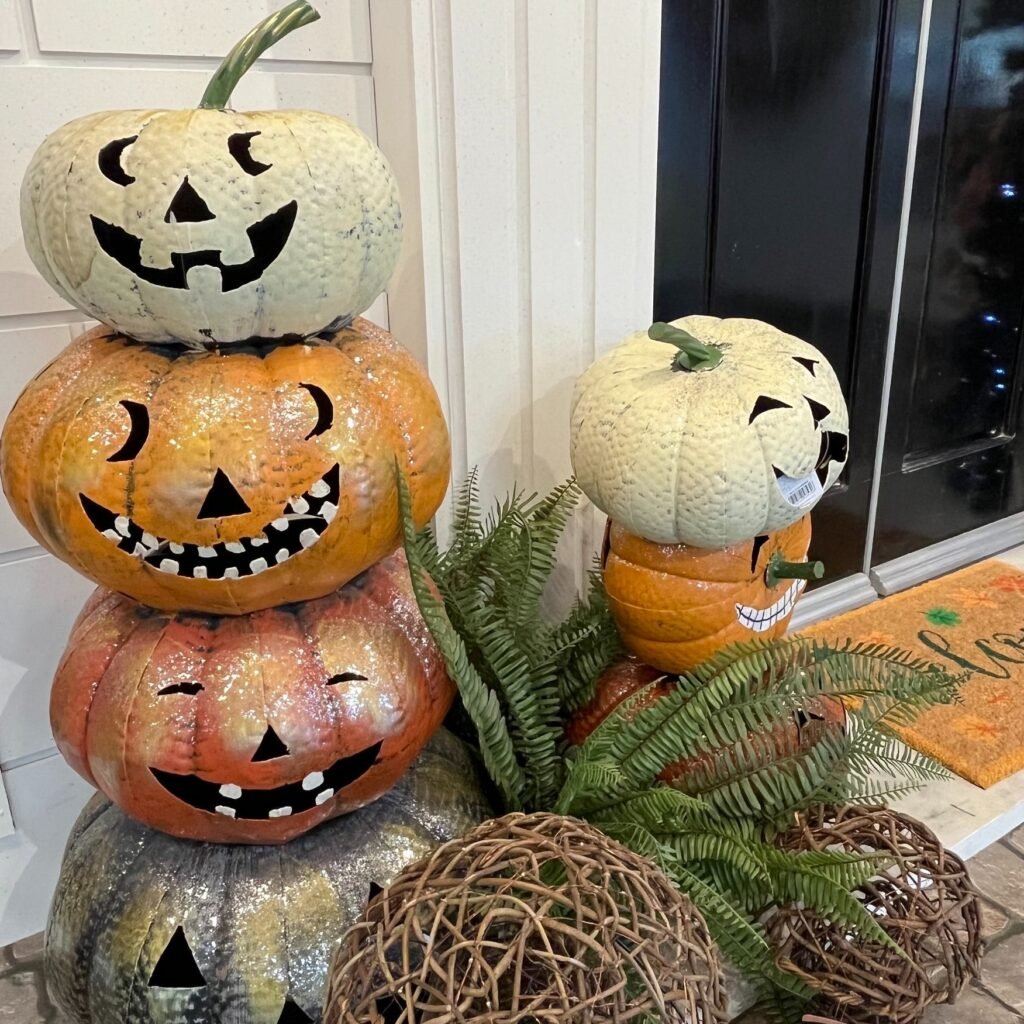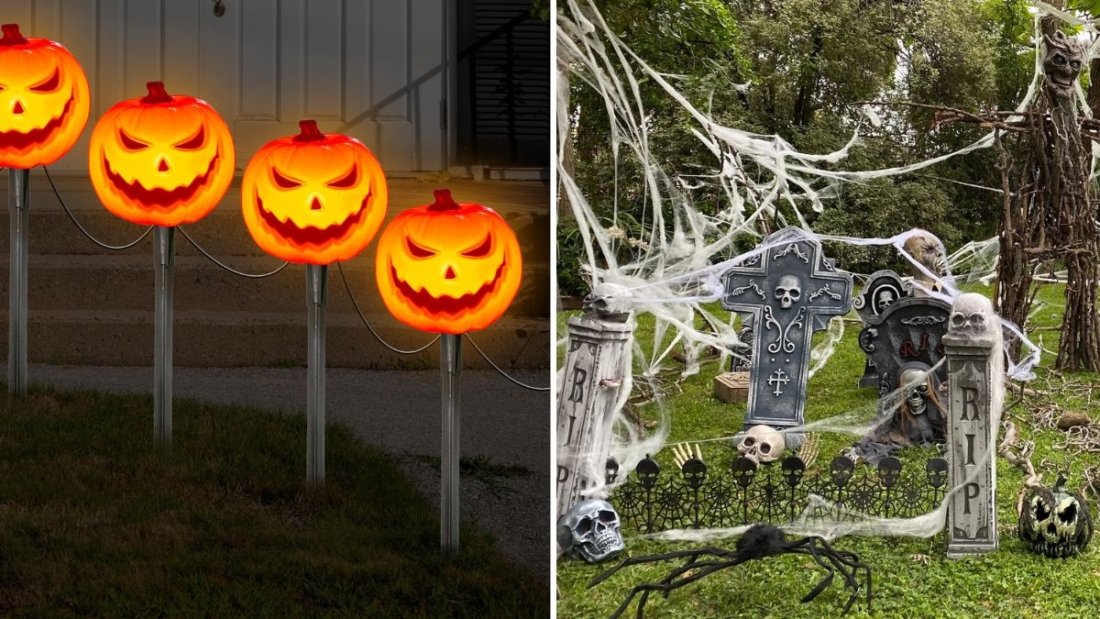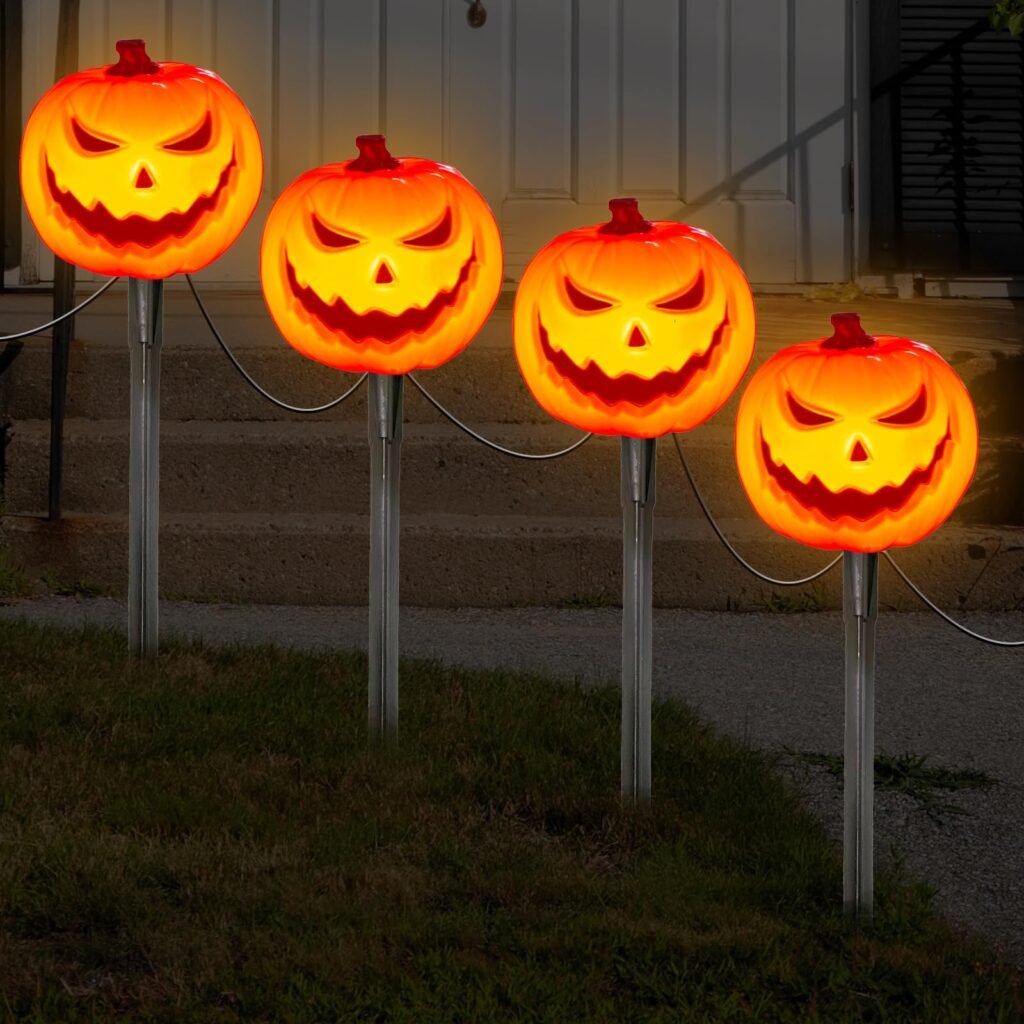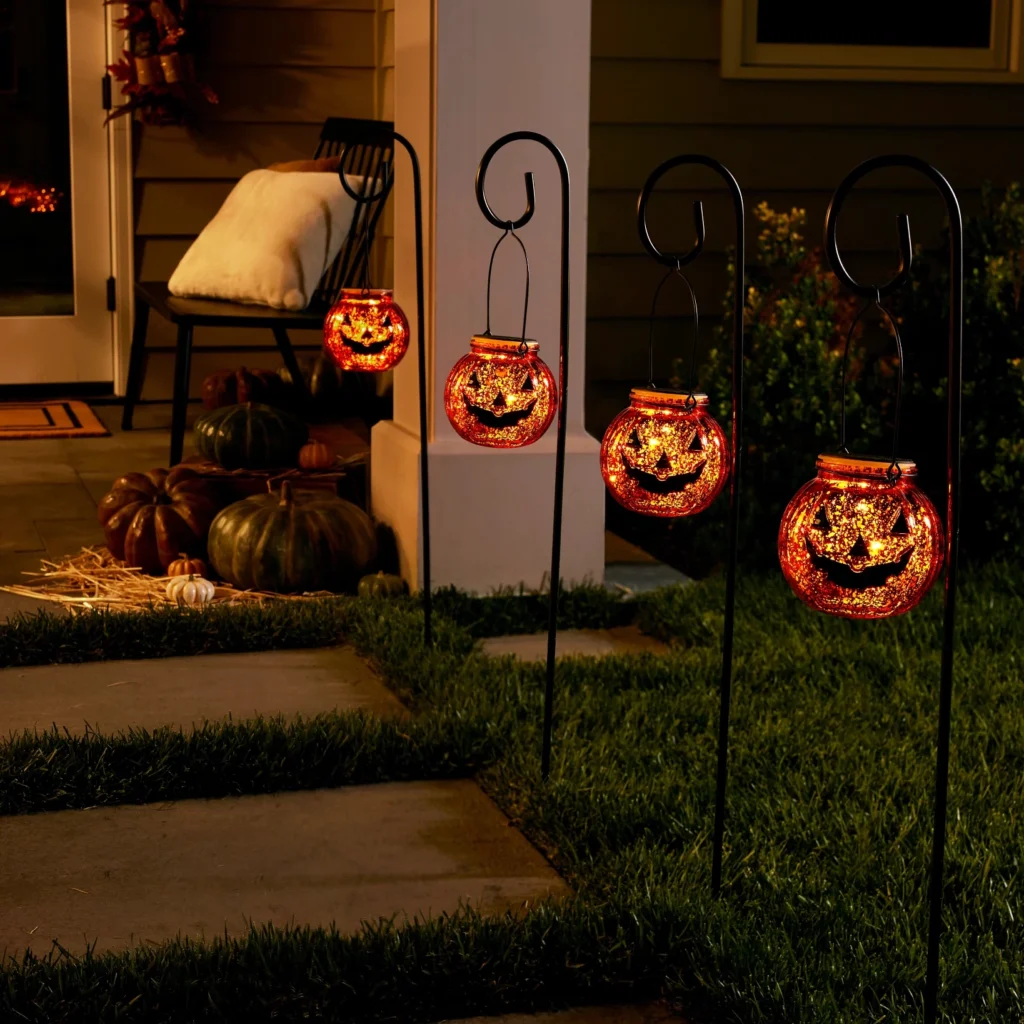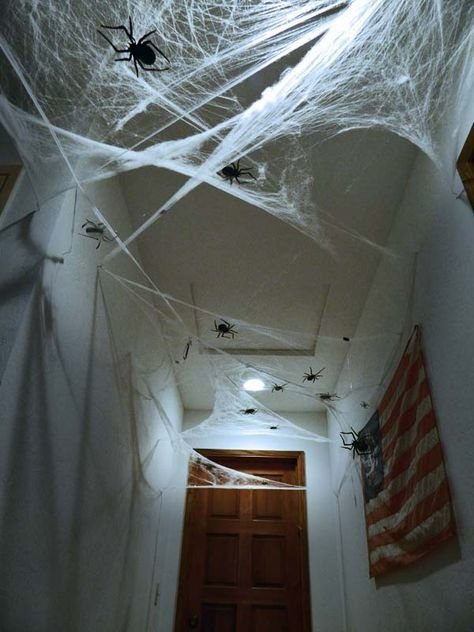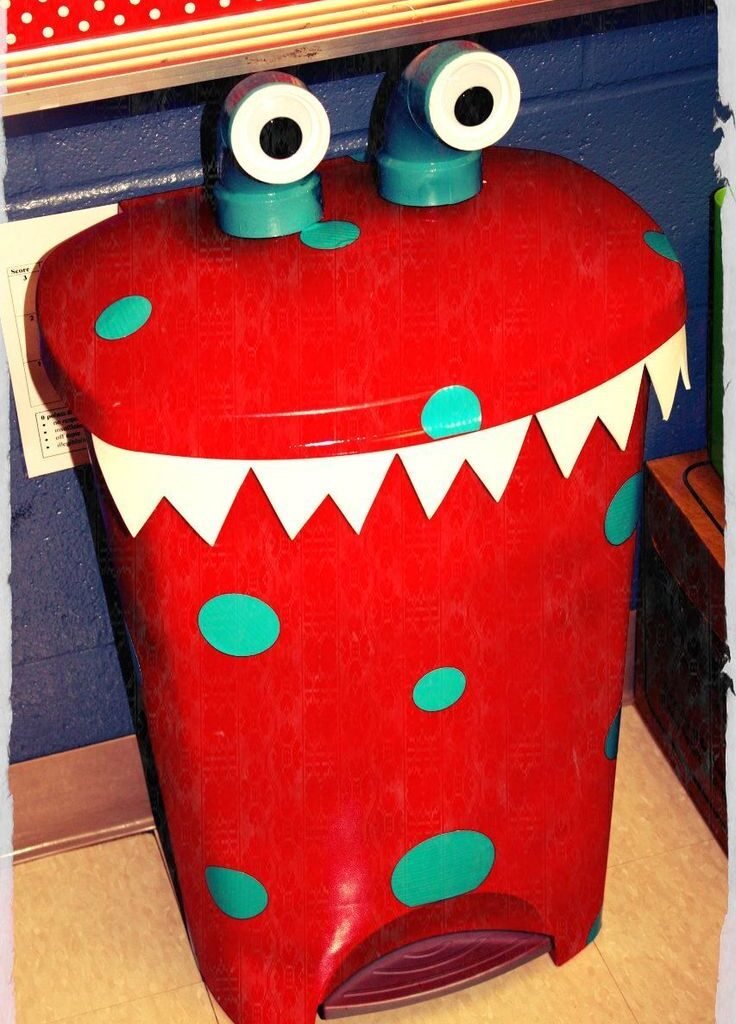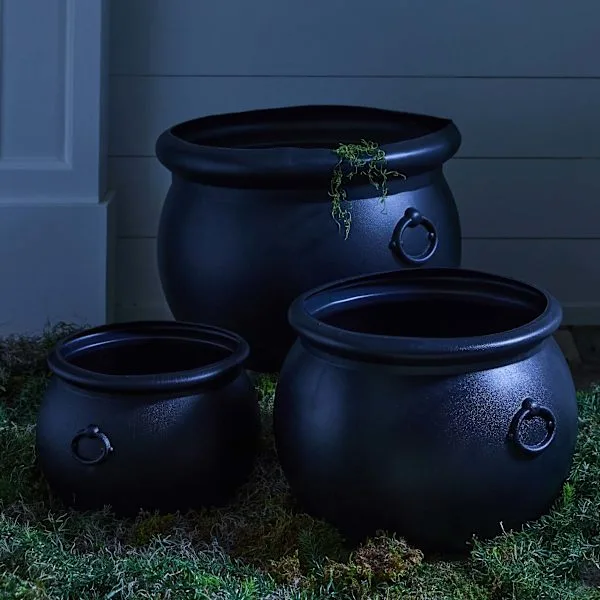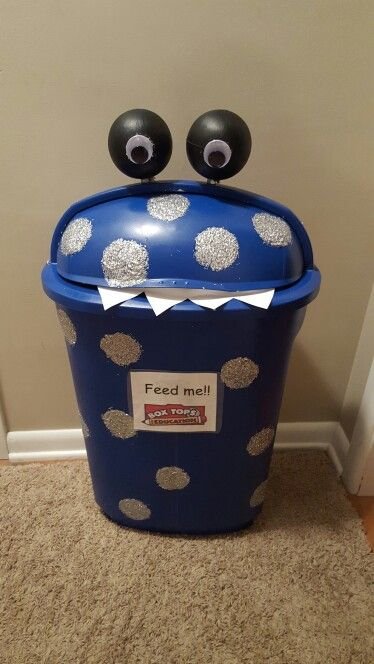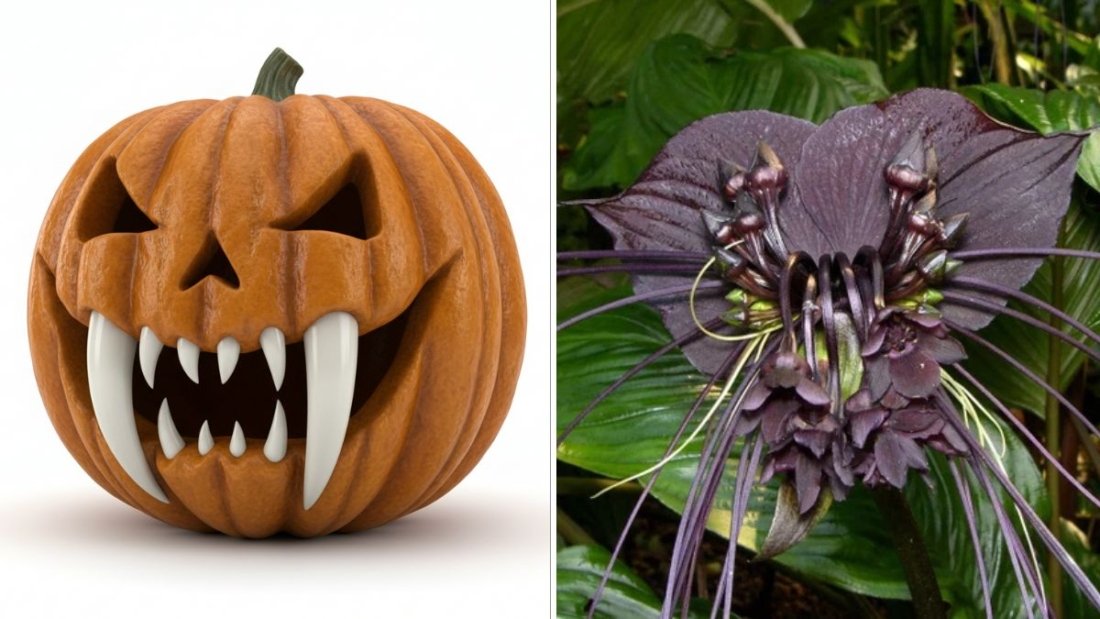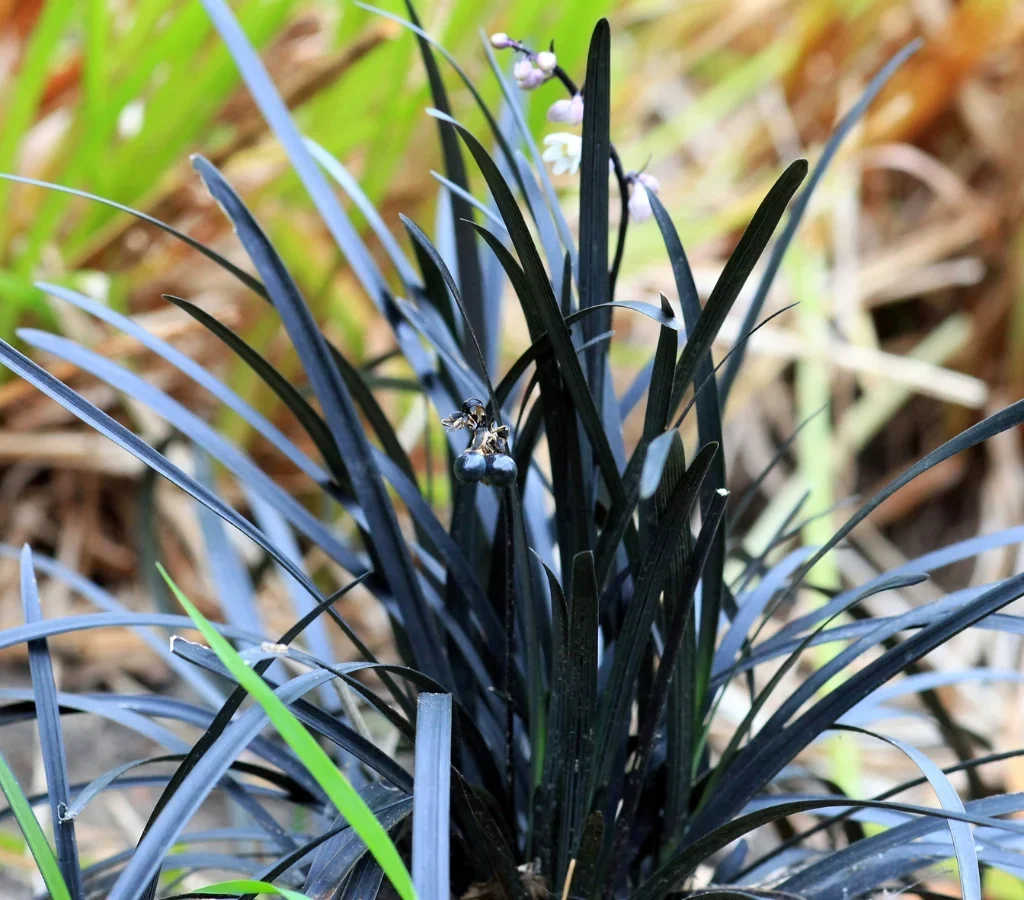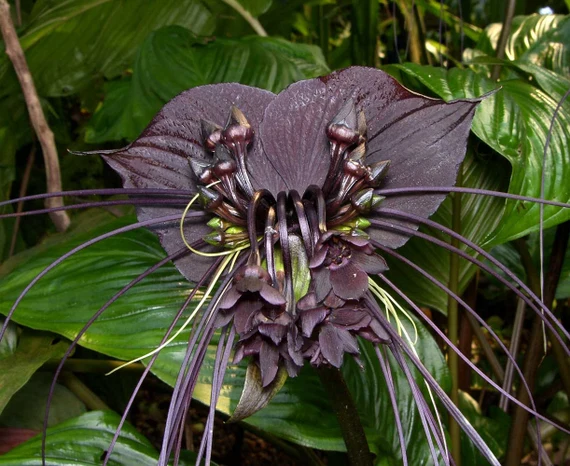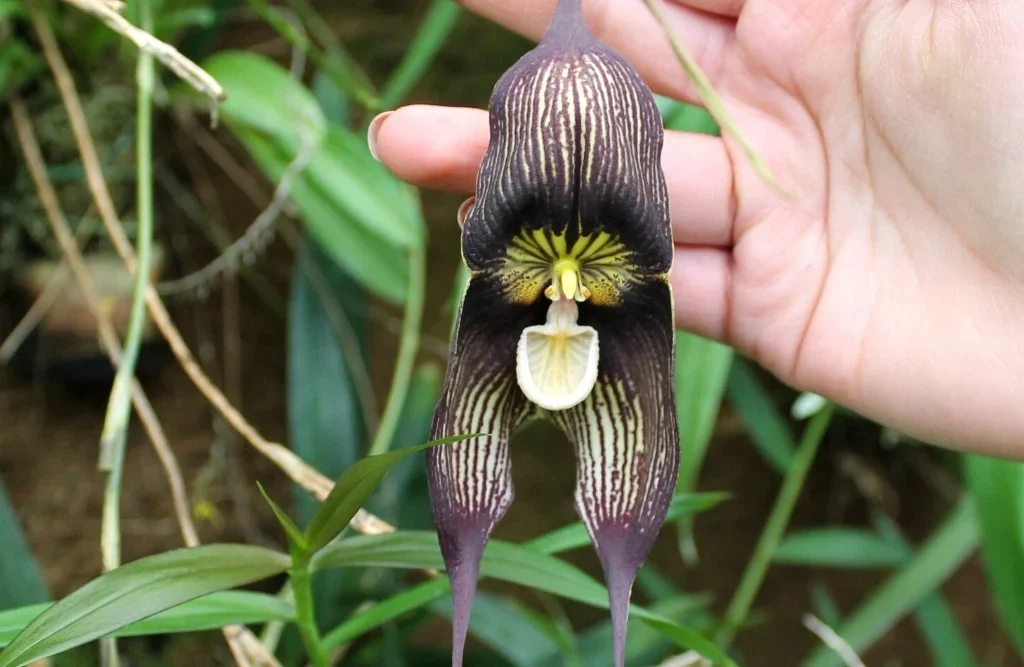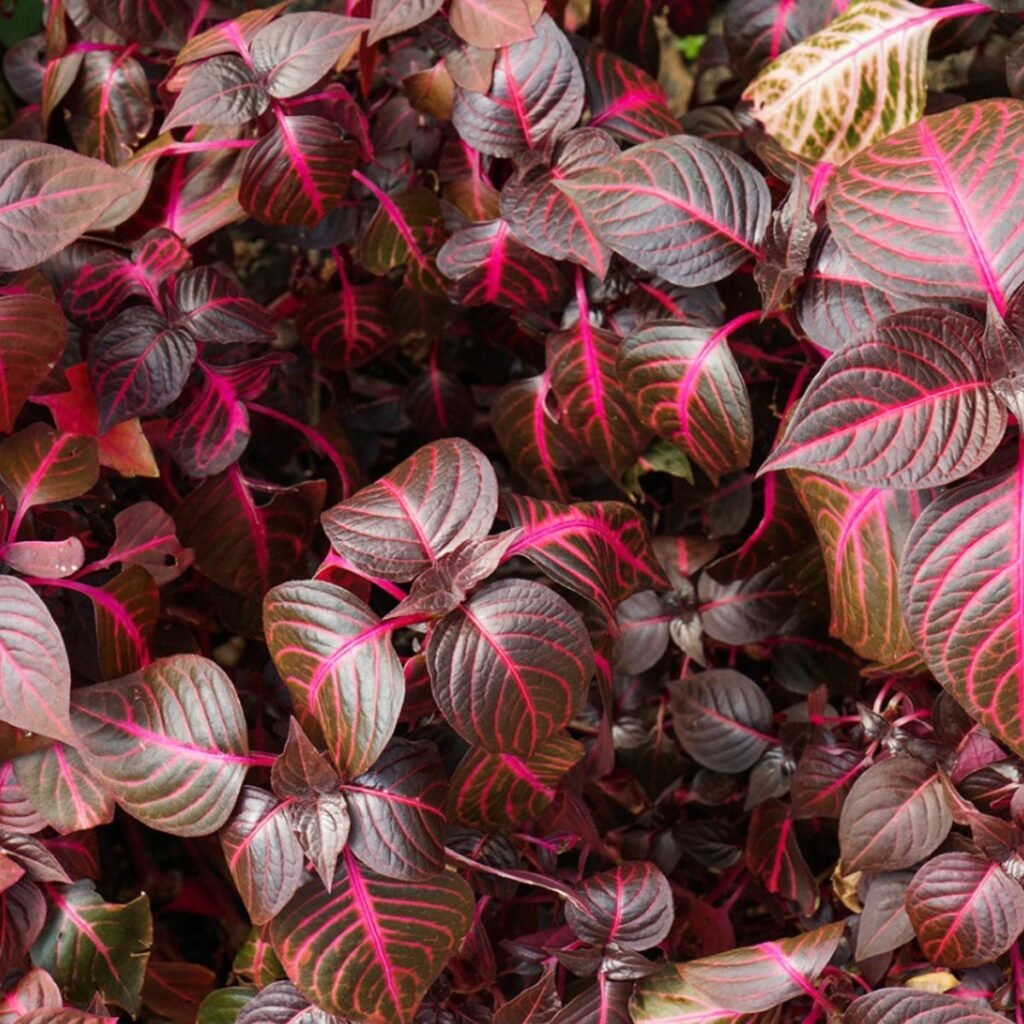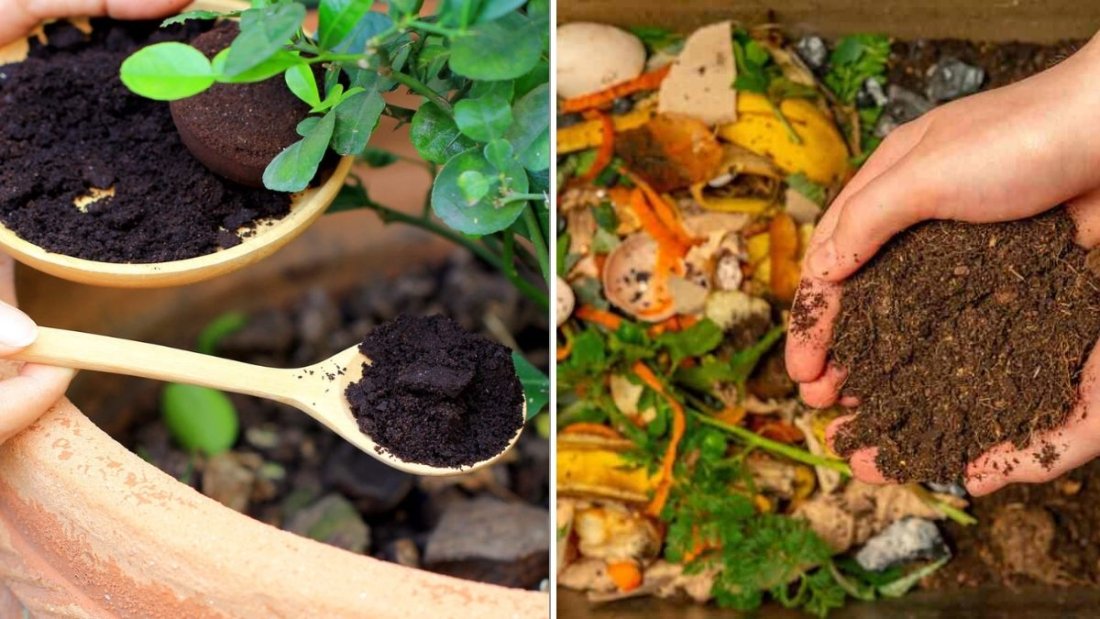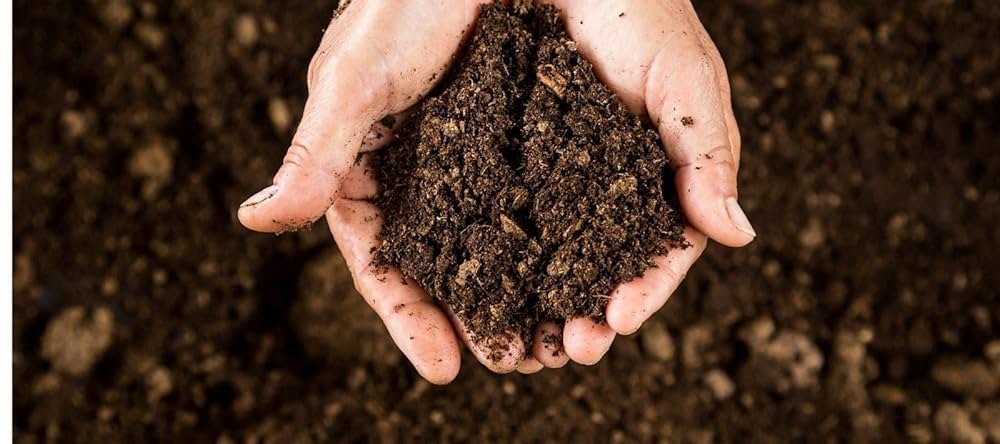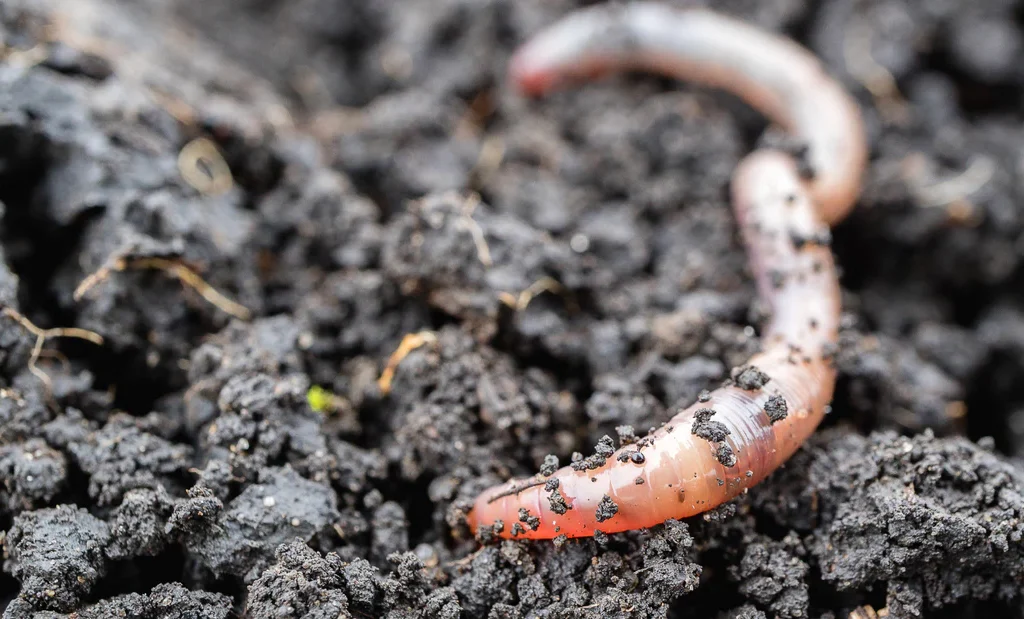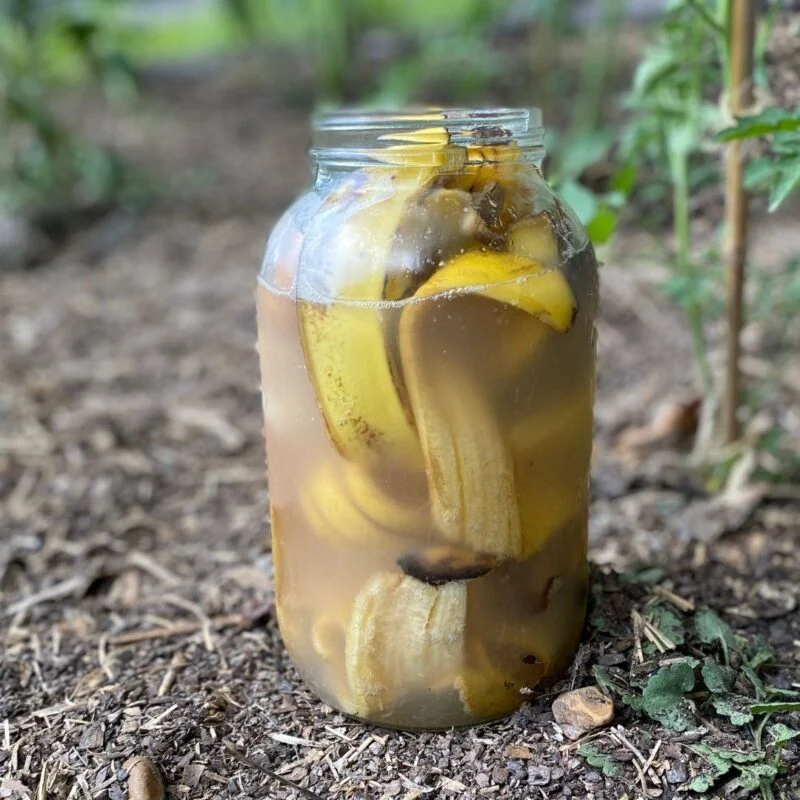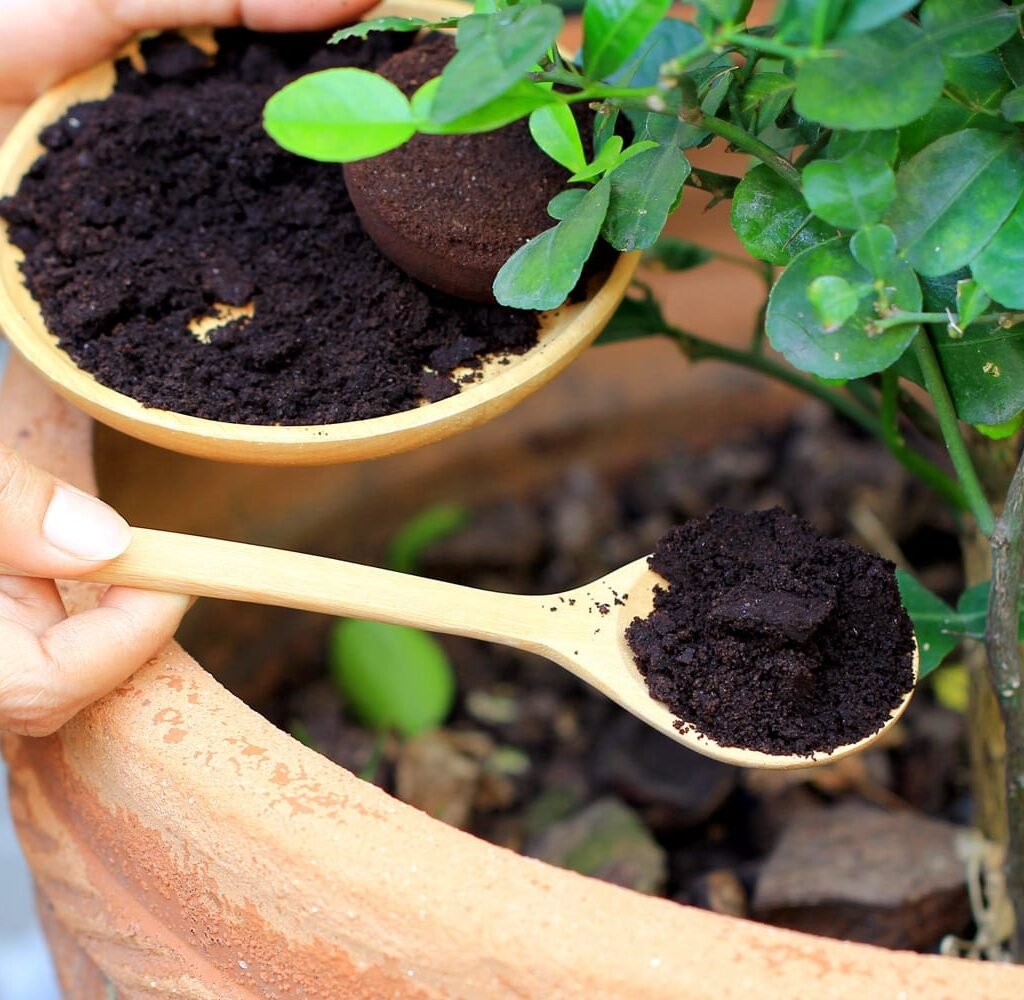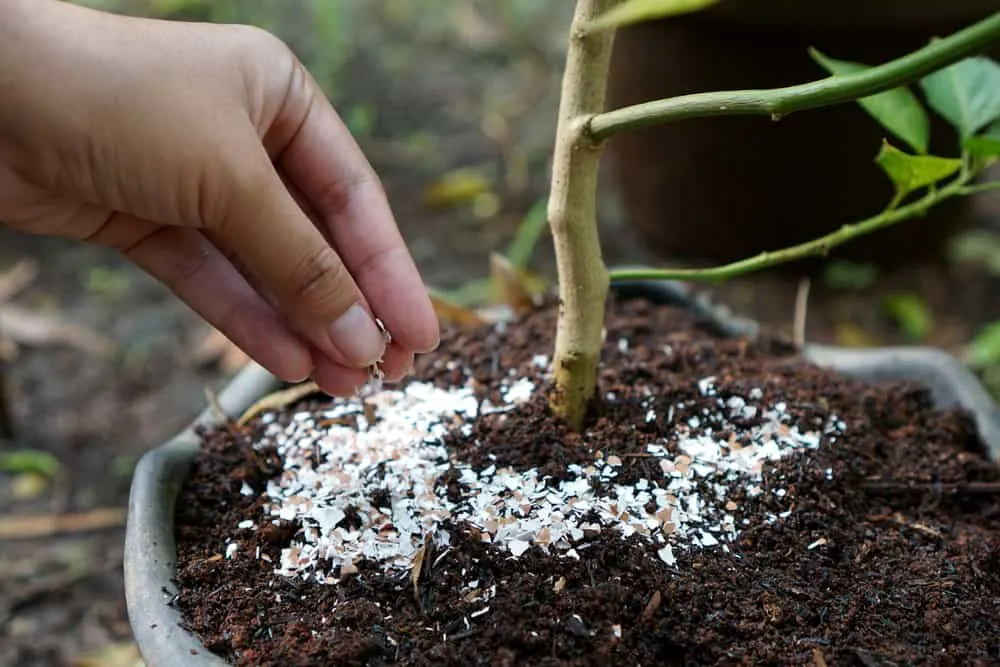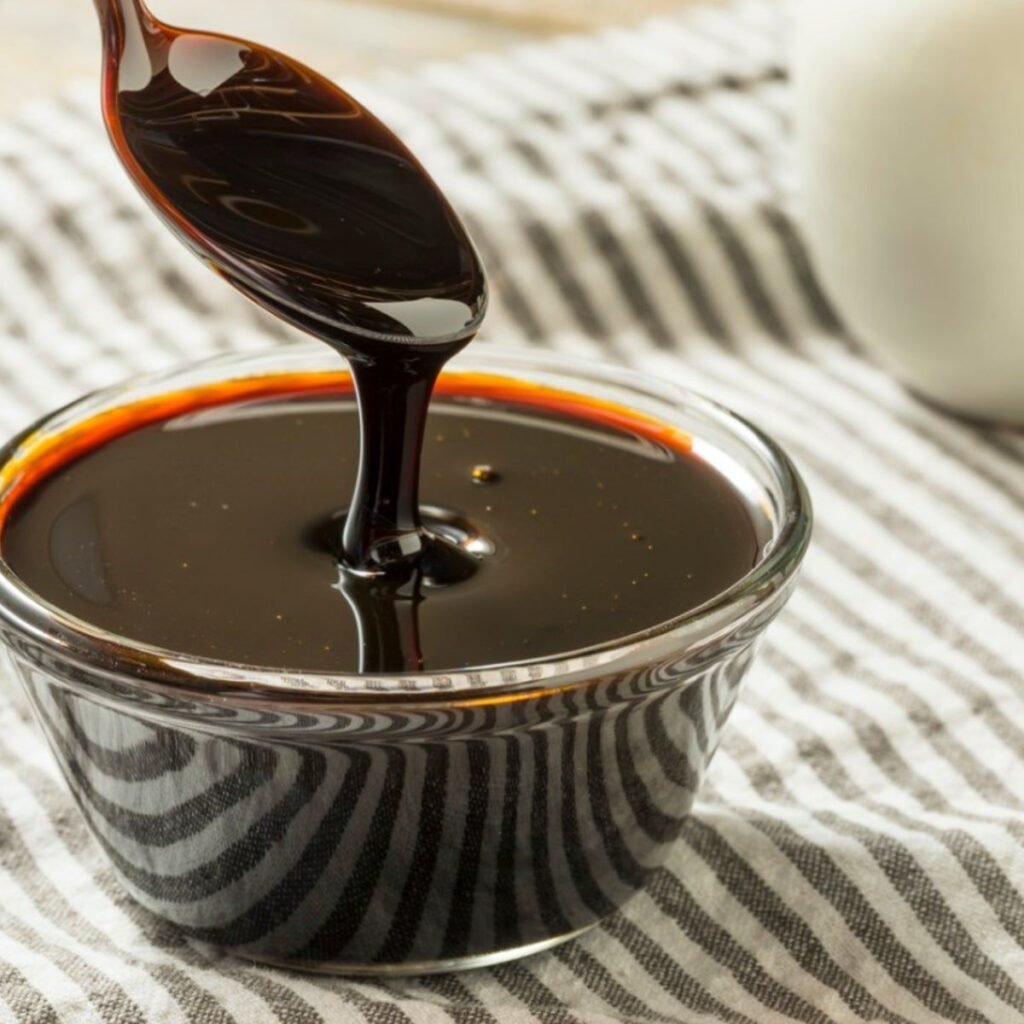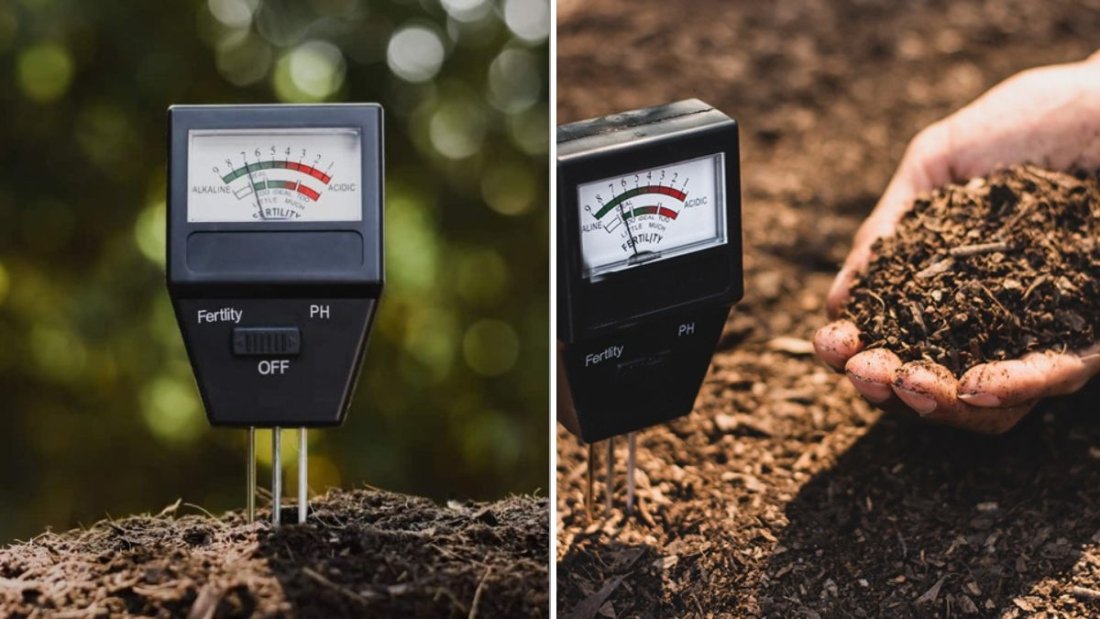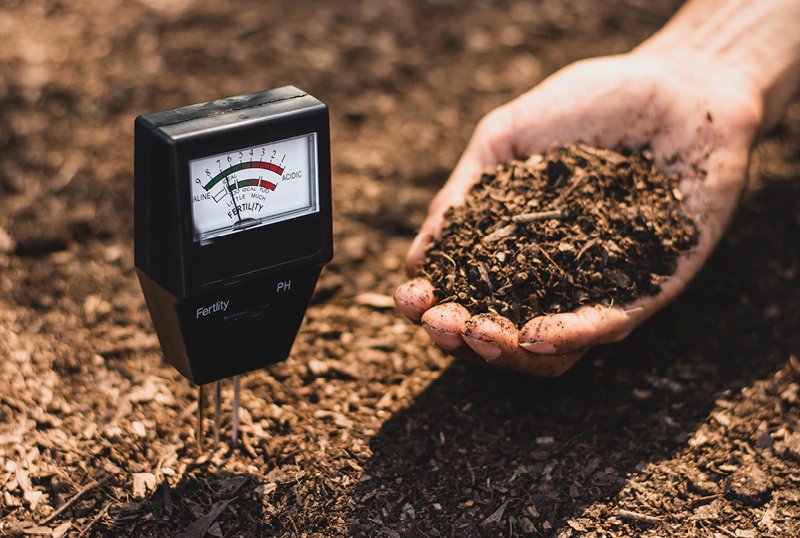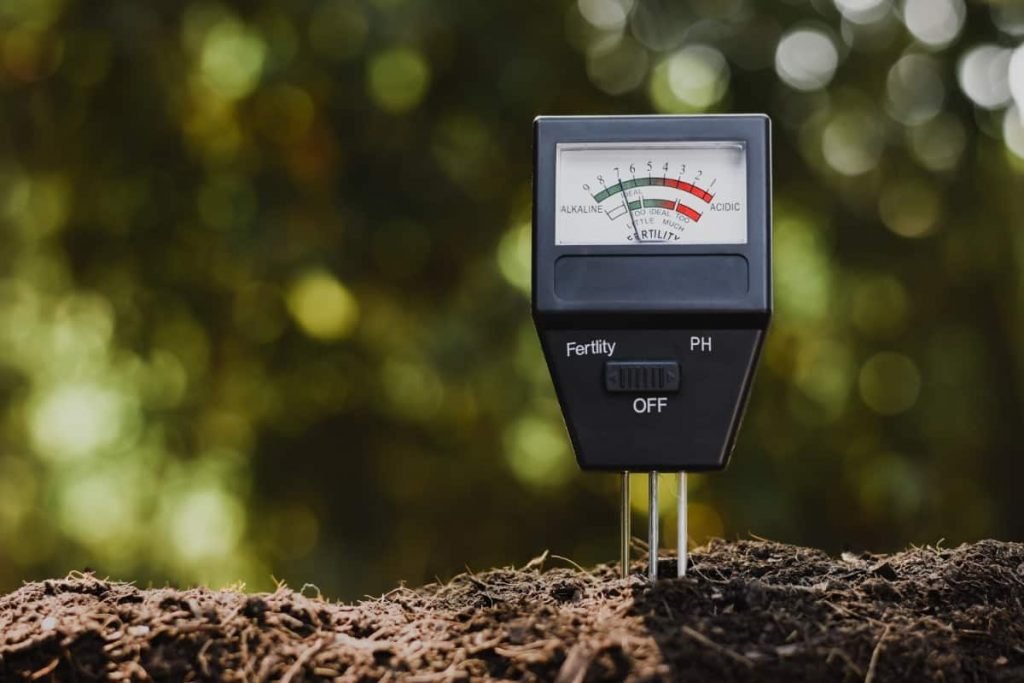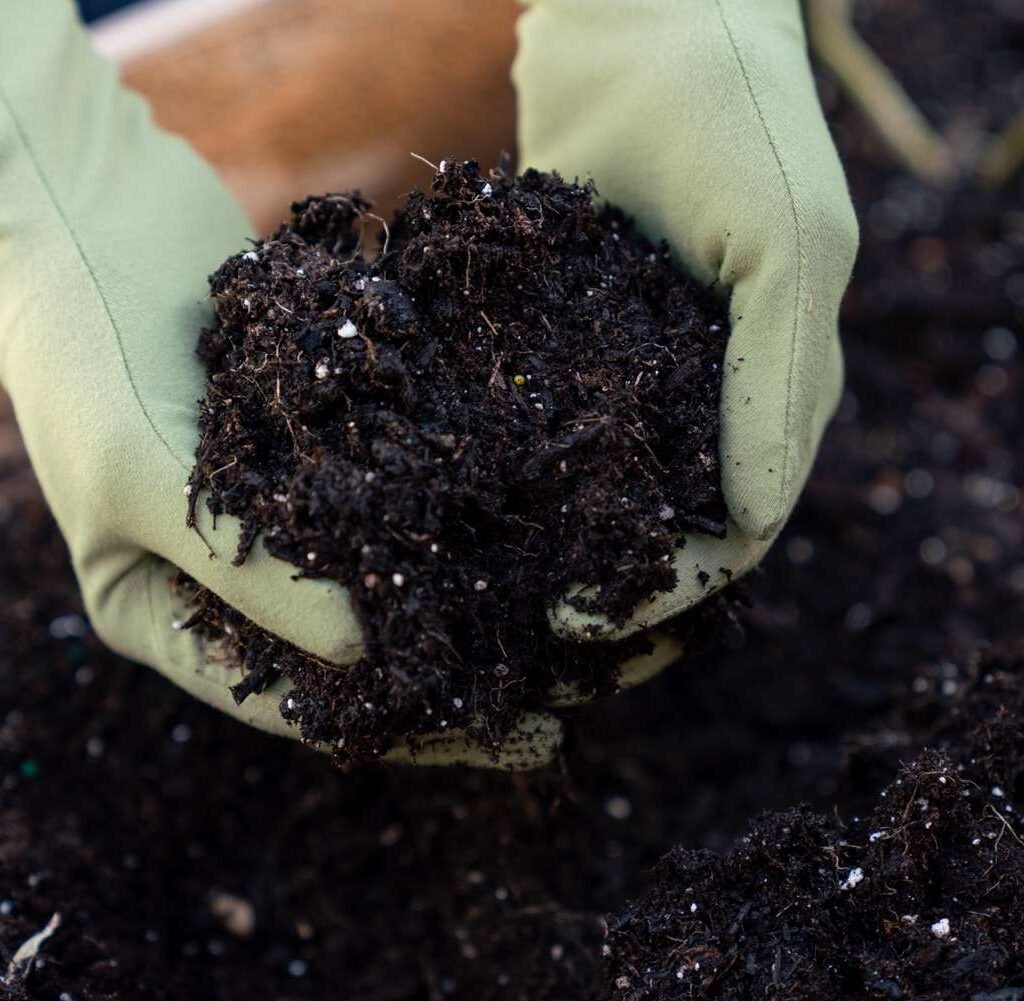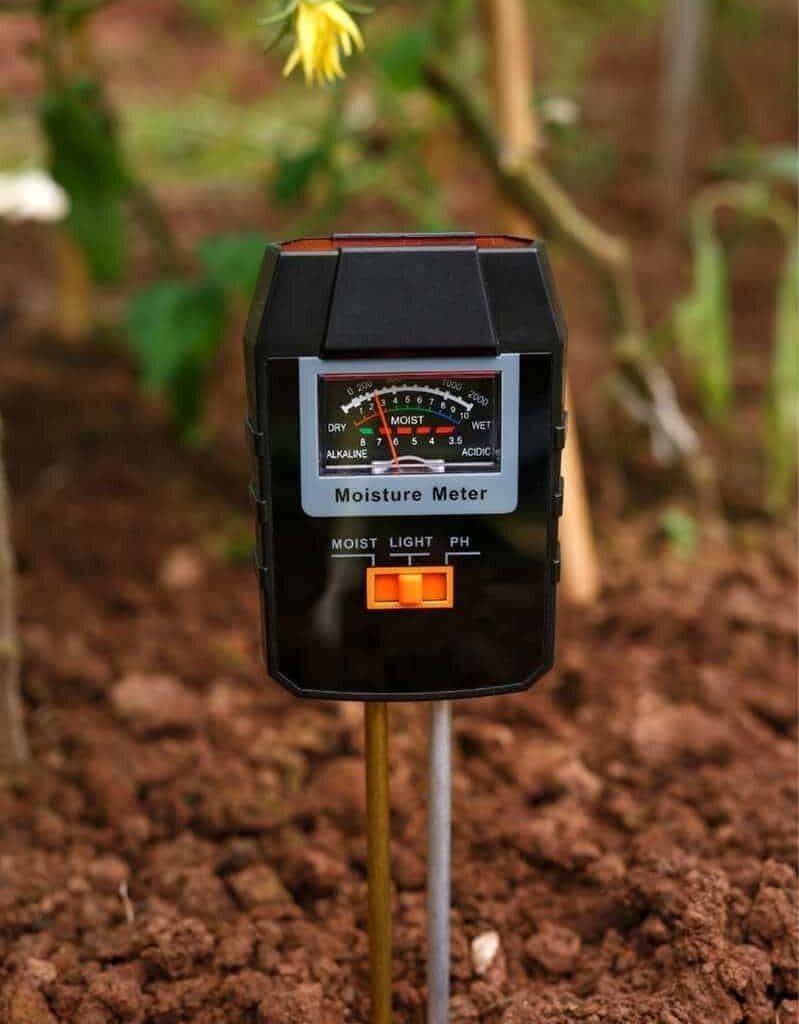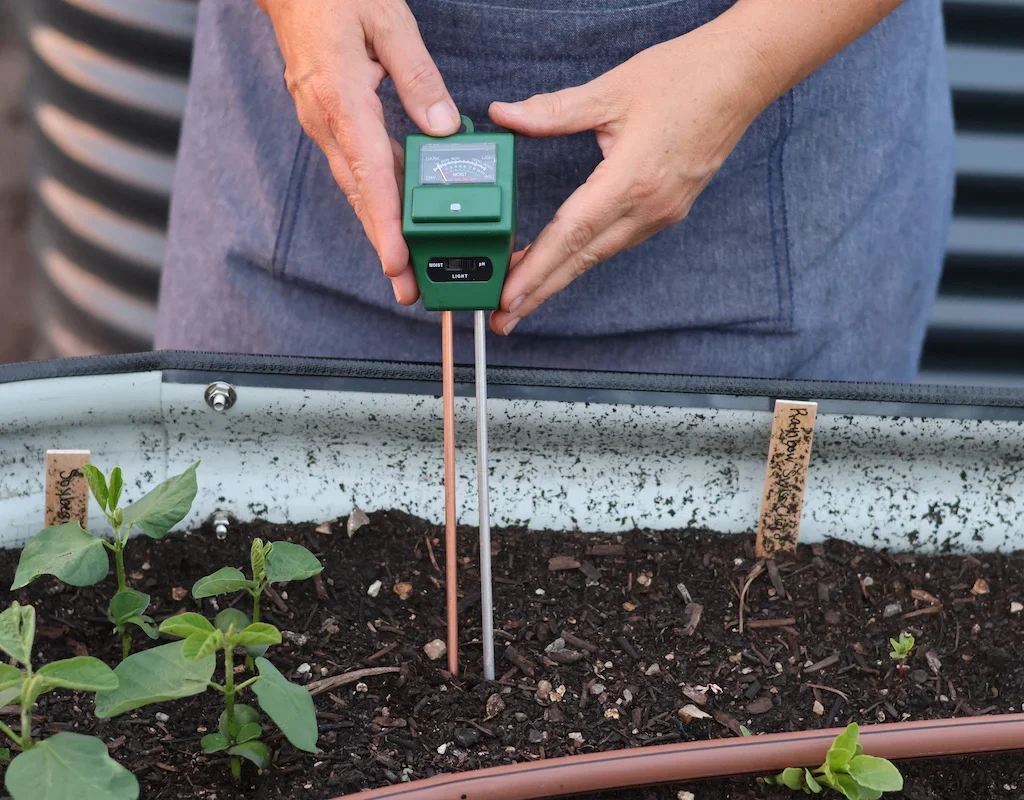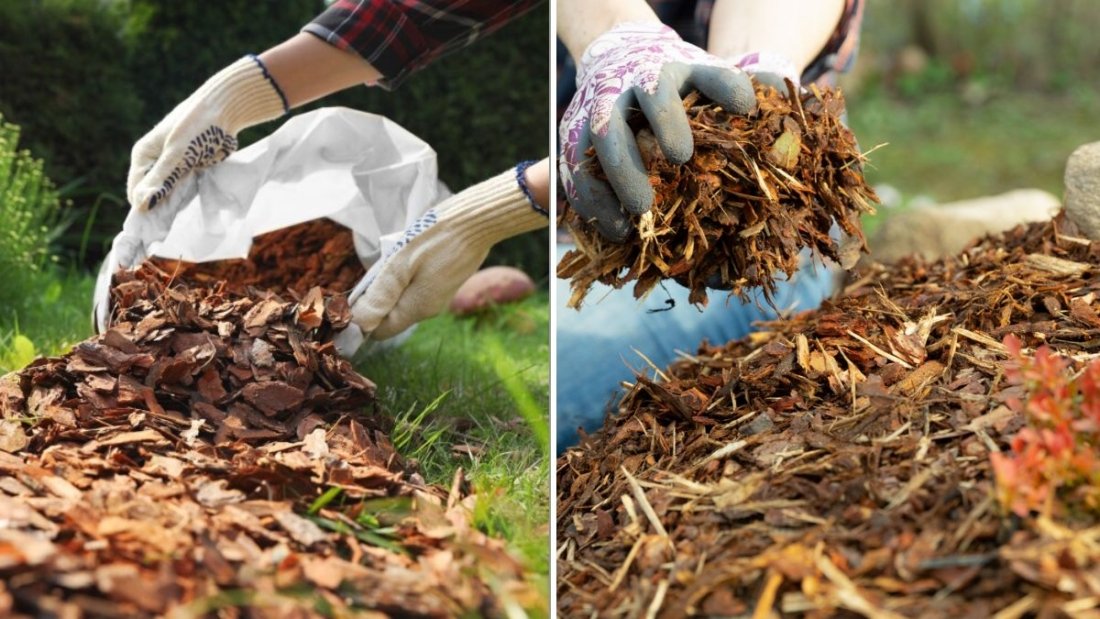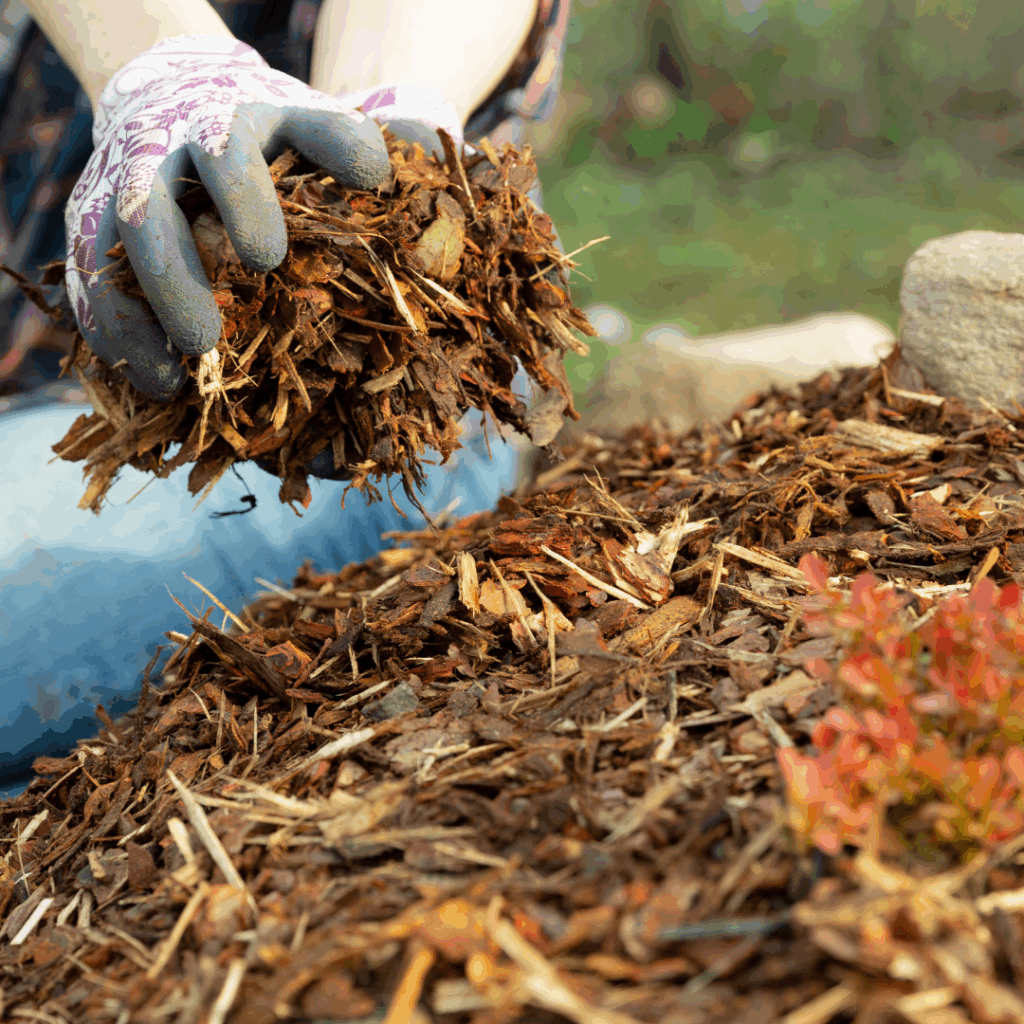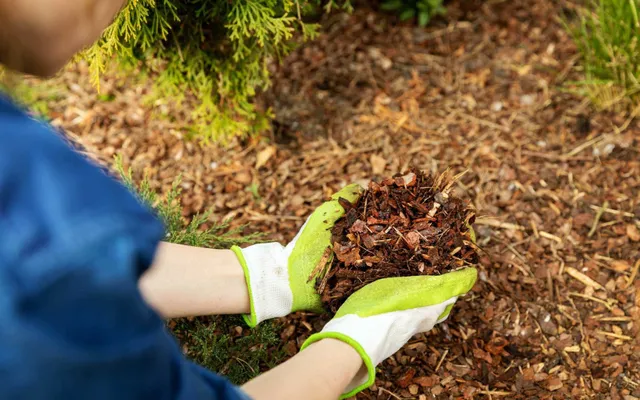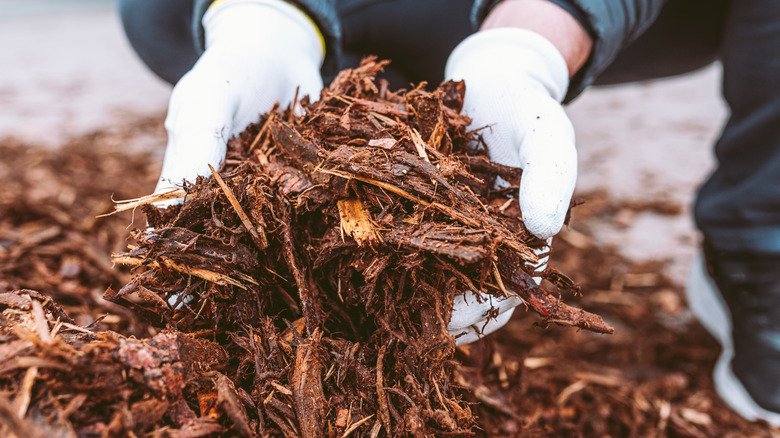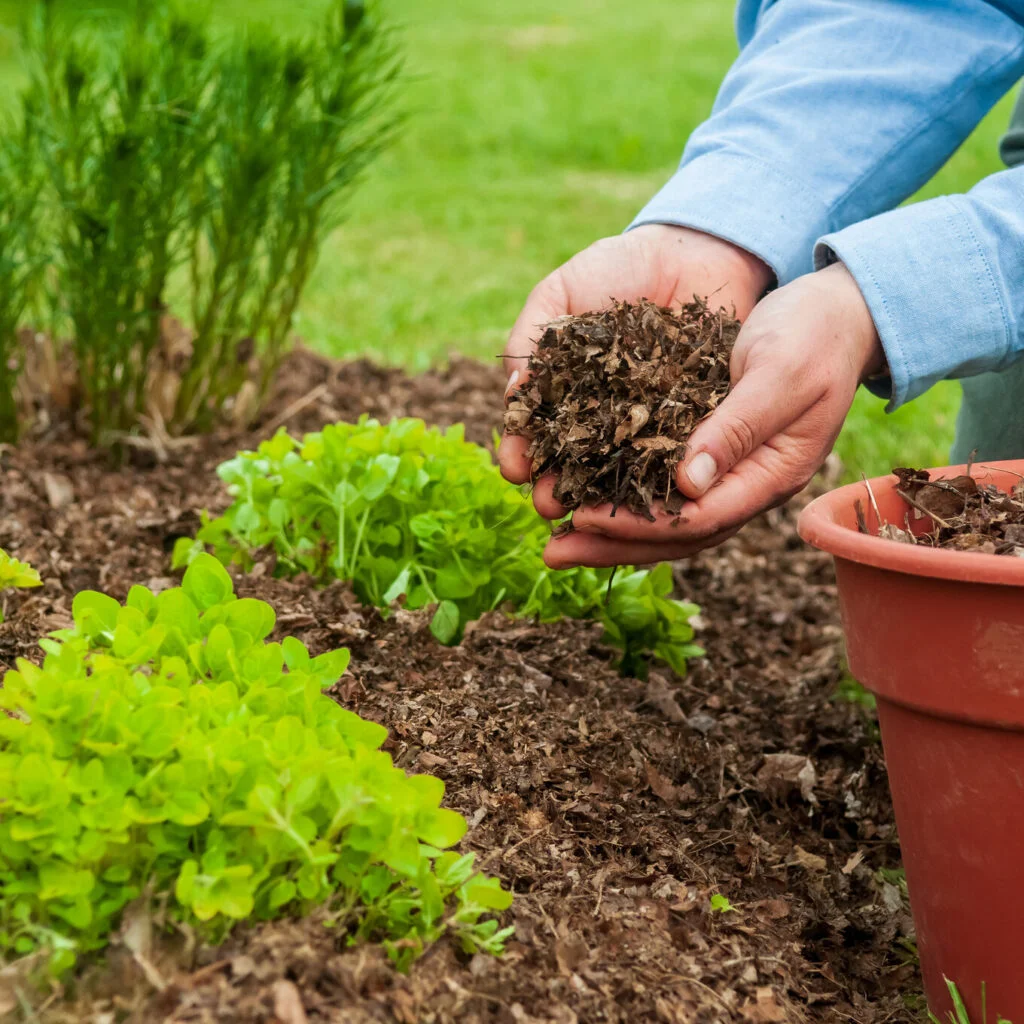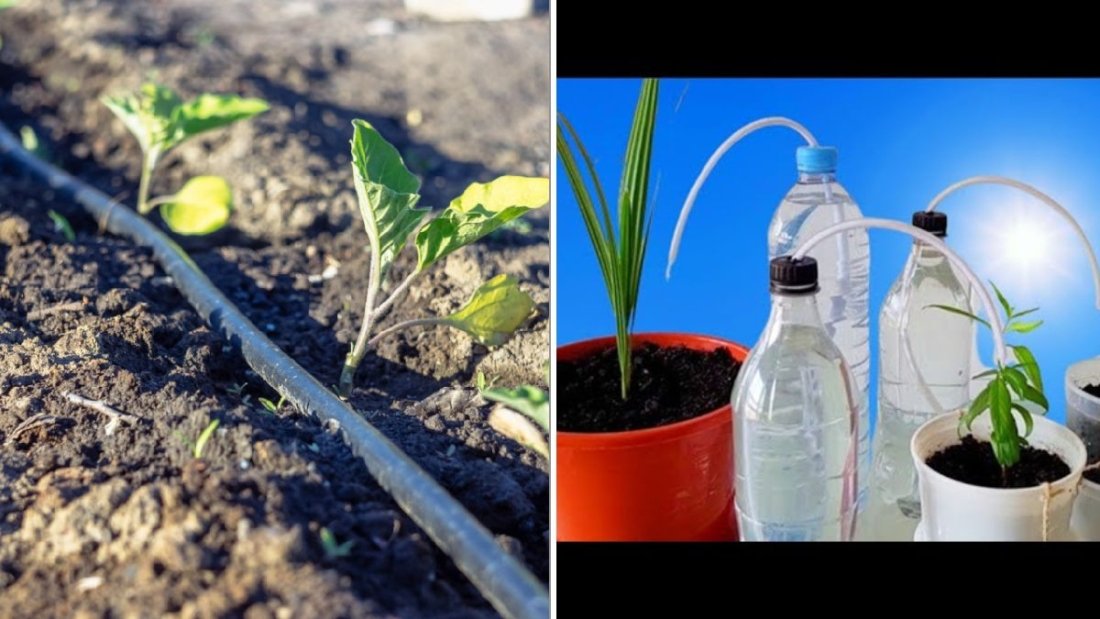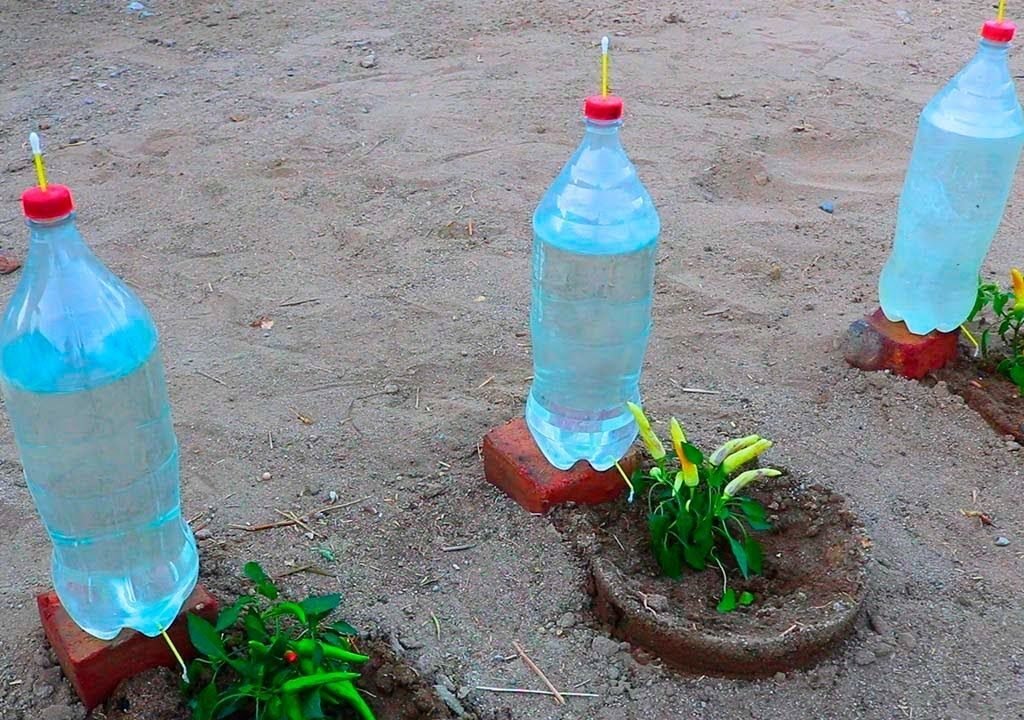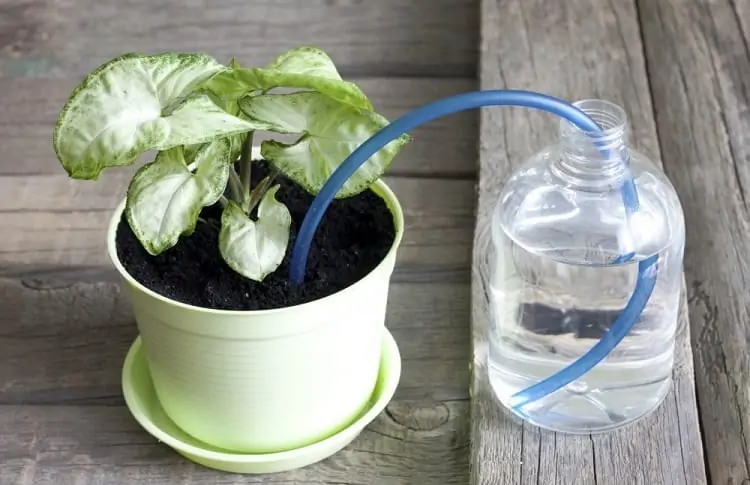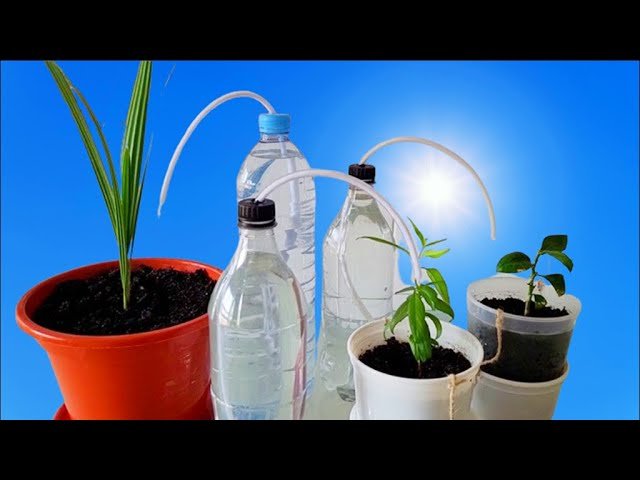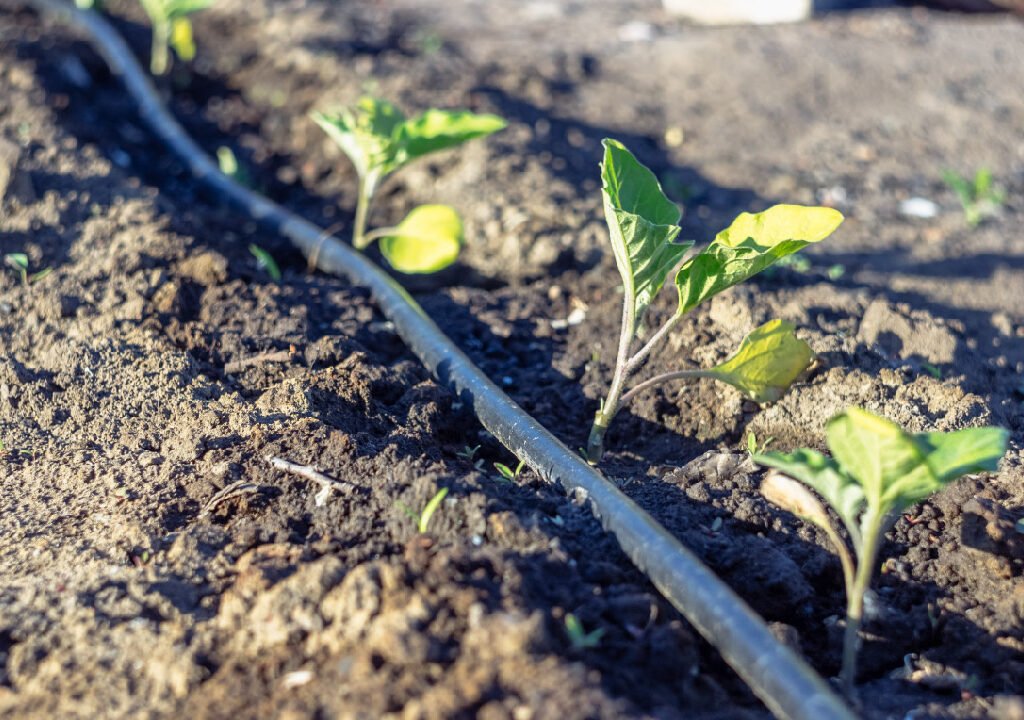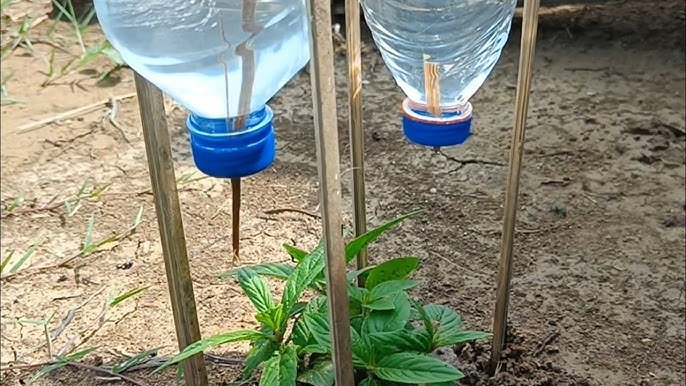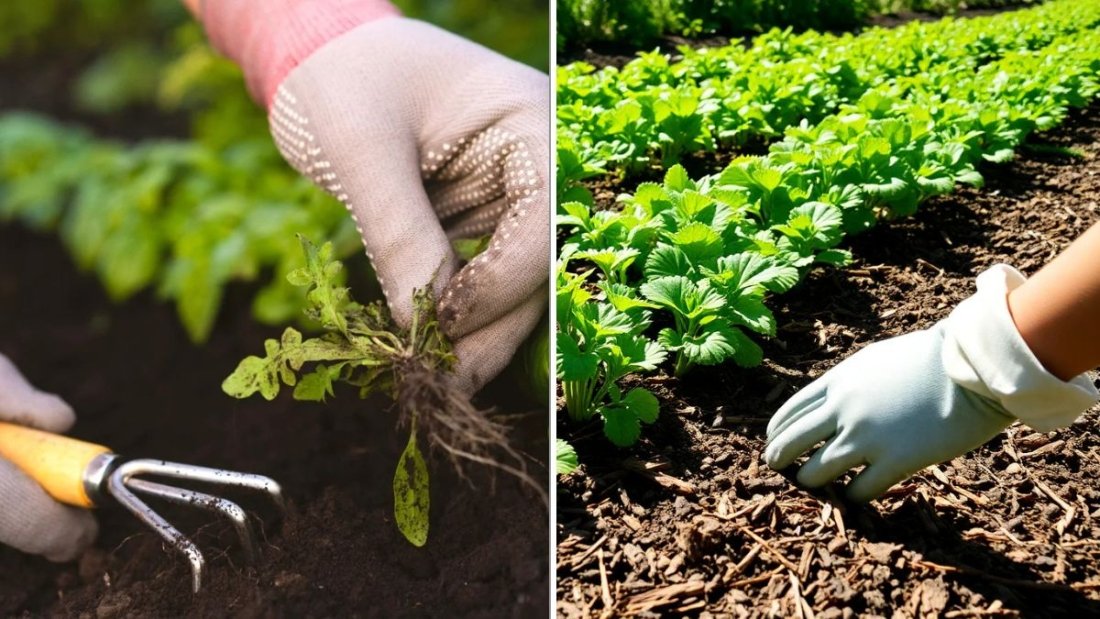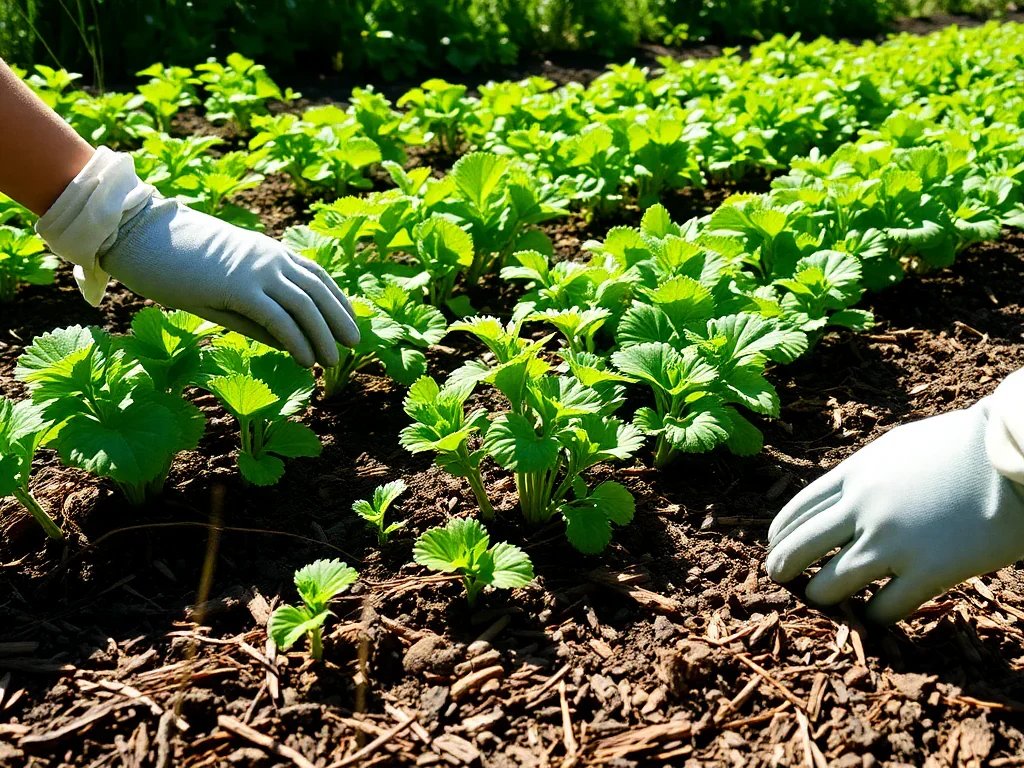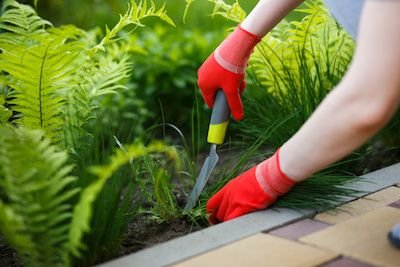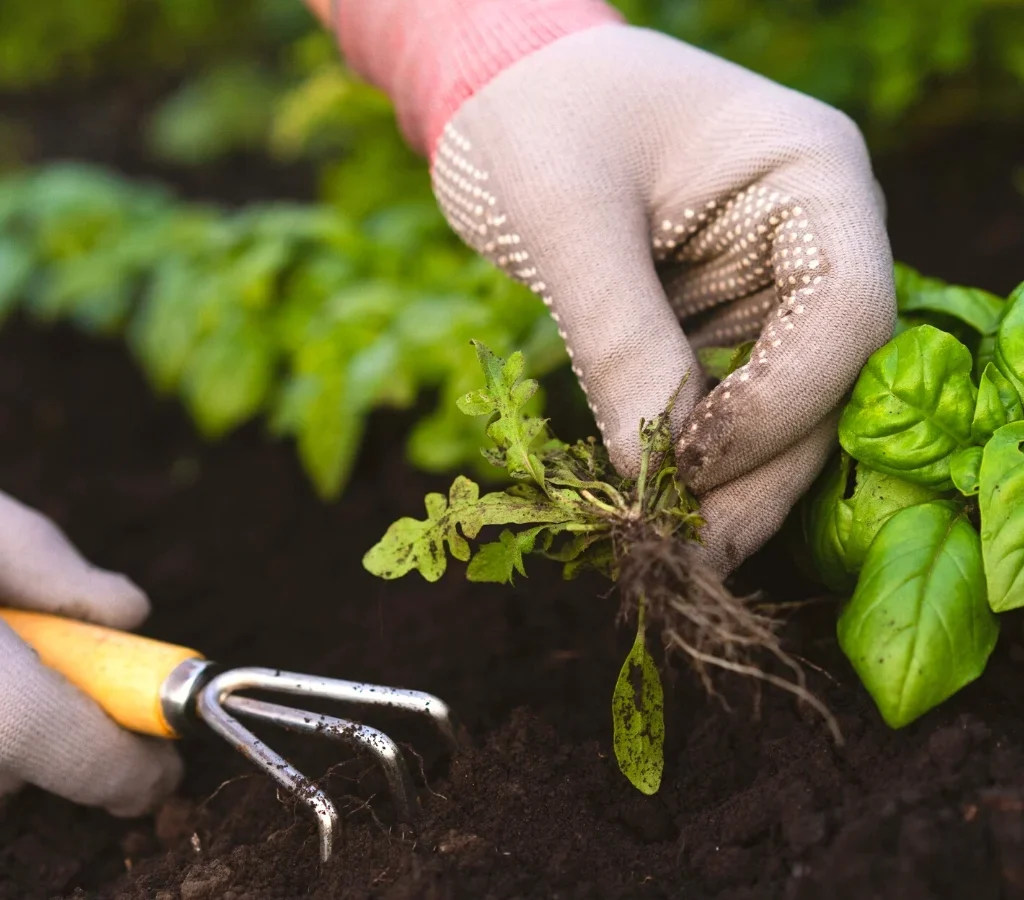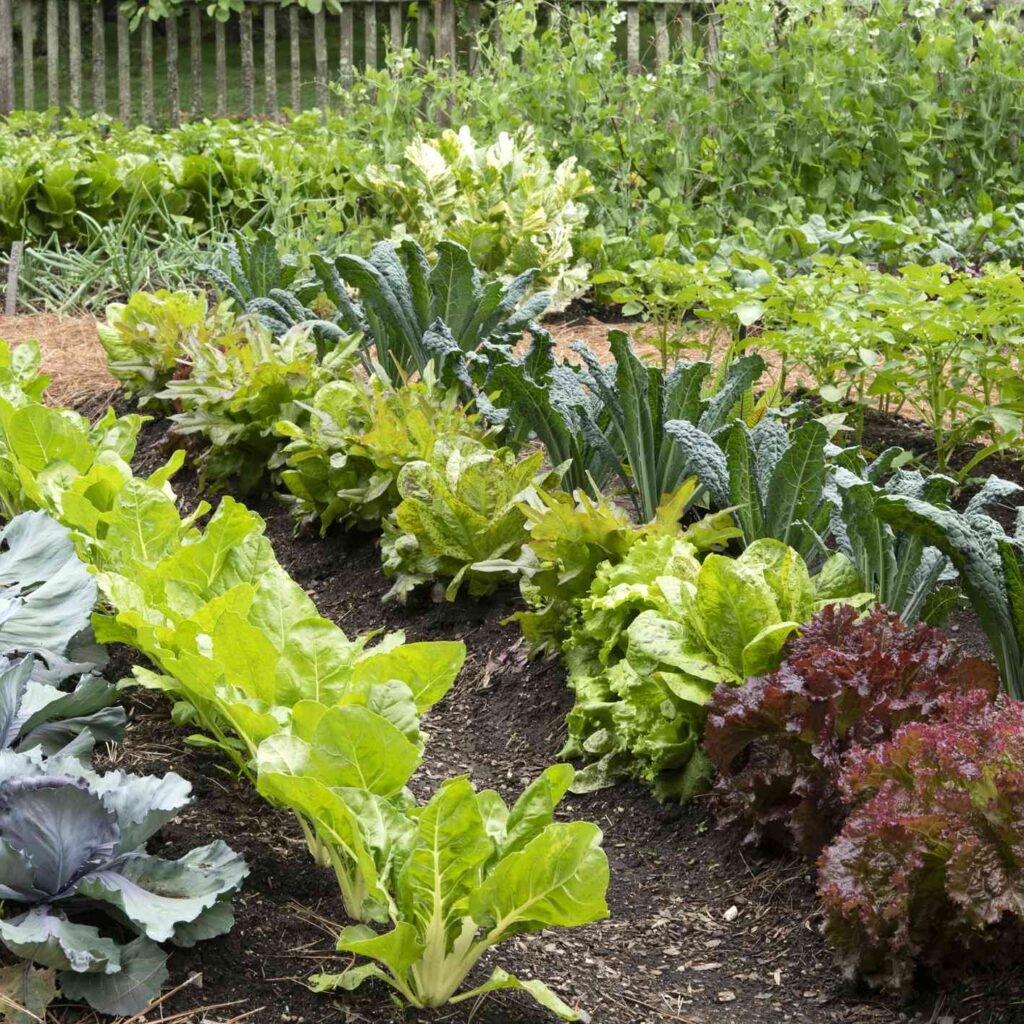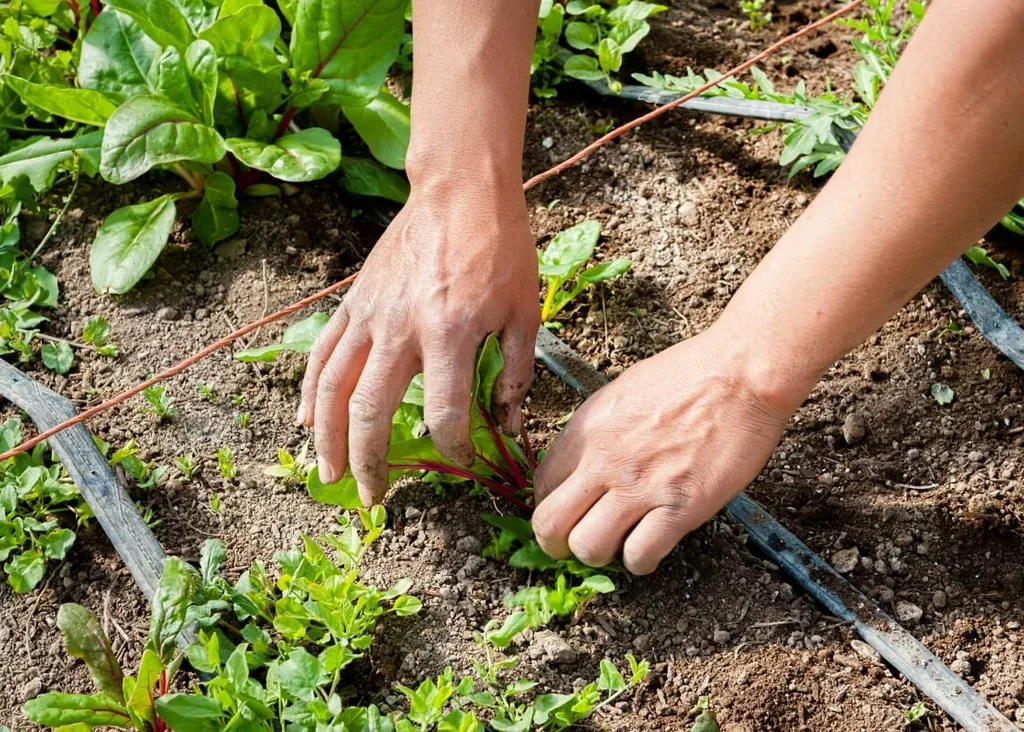Halloween is the perfect season to transform your garden into a spooky, enchanting spectacle. While daytime decorations are fun, nighttime is when the magic truly happens. The interplay of lights, shadows, and carefully placed props can create a captivating, eerie atmosphere that delights trick-or-treaters and impresses neighbors. To help you take your Halloween garden to the next level, here are seven props that are guaranteed to wow visitors after dark.
1. Glowing Pumpkin Displays

Pumpkins are classic Halloween symbols, but with a little creativity, they can become stunning nighttime centerpieces.
Materials Needed:
- Assorted pumpkins (real or artificial)
- LED tea lights or fairy lights
- Carving tools or acrylic paint
- Optional: fake cobwebs, autumn leaves
How to Create:
- Carve spooky faces or intricate designs on pumpkins, or simply paint them with Halloween motifs for a low-maintenance alternative.
- Place LED tea lights or battery-operated fairy lights inside each pumpkin to illuminate them safely.
- Arrange pumpkins along pathways, on garden steps, or grouped in clusters for dramatic effect.
- Add fake cobwebs or autumn leaves for a more immersive, eerie presentation.
Tip:
Use a mix of pumpkin sizes and heights to create visual interest. Clusters of glowing pumpkins can act as focal points in your garden at night.
2. Haunted Lanterns

Lanterns are a versatile decoration that can create a spooky, flickering ambiance.
Materials Needed:
- Mason jars, metal lanterns, or glass candle holders
- LED candles or fairy lights
- Black paint or Halloween stickers
- Optional: dried flowers, twine, or spider decals
How to Create:
- Decorate lanterns or jars with spooky faces, symbols, or stickers.
- Place LED candles or fairy lights inside for a warm, flickering glow.
- Position lanterns along garden pathways, hanging from tree branches, or on porch steps.
Tip:
Combine lanterns with fog or mist for an ethereal, haunted effect. Lanterns can also be paired with pumpkins, skeletons, or witch props for an enhanced nighttime display.
3. Motion-Activated Ghosts

Nothing is more startling—and fun—than a ghost that moves when visitors approach.
Materials Needed:
- White fabric or sheets
- Wire frame or garden stakes
- Black felt for eyes and mouth
- Motion sensor or battery-operated fan
How to Create:
- Drape white fabric over a wire frame to create the ghost shape.
- Use black felt to make expressive eyes and a spooky mouth.
- Place the ghost near your garden path or porch.
- Connect a motion sensor or small fan to make the ghost sway or move when someone walks by.
Tip:
Motion-activated props are perfect for creating “jump scares” and adding interactive elements to your nighttime display.
4. Skeleton Pathway Props

Skeletons are Halloween staples, but creatively positioned skeletons can dramatically enhance your garden’s nighttime ambiance.
Materials Needed:
- Plastic or foam skeletons (full-size or parts)
- Glow-in-the-dark paint or tape
- Stakes or poles for positioning
- Optional: small LED lights
How to Create:
- Position skeletons in crawling, sitting, or climbing poses along garden paths.
- Use glow-in-the-dark paint on bones or attach small LED lights to highlight key areas.
- Scatter bones partially hidden in leaves or moss for a creepy, realistic effect.
Tip:
Mix skeletons with fog, lanterns, or cobwebs to create a haunted graveyard scene. The glow-in-the-dark effect makes them stand out after dark, creating a chilling yet fun display.
5. Foggy Cauldron Scene

A bubbling witch’s cauldron is a perfect prop to wow visitors at night.
Materials Needed:
- Large black cauldron or trash can
- Dry ice (or a battery-operated fog machine)
- LED lights or battery-operated candles
- Styrofoam balls or small pumpkins for “ingredients”
- Witch accessories (broom, hat, fake hands)
How to Create:
- Place dry ice in water or use a small fog machine inside the cauldron for a smoky effect.
- Arrange “ingredients” like Styrofoam balls, small pumpkins, or colored water around the top.
- Position LED lights inside or underneath to create a glowing, bubbling effect.
- Decorate surrounding area with witch props like brooms, hats, and skeleton hands.
Tip:
For safety, use battery-operated lights and avoid real candles near dry ice. The combination of fog and light makes the cauldron a mesmerizing focal point in your garden at night.
6. Animated Zombie or Monster Props

Animating monsters or zombies adds a thrilling, interactive element to your garden display.
Materials Needed:
- Plastic or foam zombie/monster figures
- Motion sensor or hidden motor for movement
- Fake blood or tattered clothing
- Spotlights or LED lights
How to Create:
- Dress zombie or monster figures with tattered clothes and fake blood for realism.
- Connect motion sensors or small motors to make them move when someone walks by.
- Use spotlights or colored LED lights to highlight the prop and cast eerie shadows.
- Place figures along paths, near doors, or in garden nooks for unexpected surprises.
Tip:
Combine with fog, sound effects, or glowing eyes for a truly spine-chilling nighttime experience.
7. Fairy Light Spider Webs
Spider webs are iconic Halloween decorations, and using lights can make them magical at night.
Materials Needed:
- Stretchy fake spider web material
- Large plastic spiders
- White or colored fairy lights
- Stakes or tree branches for support
How to Create:
- Stretch fake web material across bushes, fences, or stakes along your garden path.
- Place large plastic spiders in strategic positions within the web.
- Weave fairy lights through the web to create a glowing, otherworldly effect.
Tip:
Use warm white or orange lights to mimic a spooky glow, or multicolored LEDs for a playful effect. The illuminated webs cast intricate shadows that enhance your nighttime display.
Tips for a Stunning Nighttime Display
- Layer Lighting: Use a mix of lanterns, fairy lights, glowing pumpkins, and LED candles to create depth and visual interest.
- Safety First: Ensure paths are lit for visibility and that electrical cords are safely tucked away. Battery-operated lights are ideal.
- Interactive Props: Motion-activated ghosts, zombies, and fog machines create excitement and surprise visitors.
- Mix Textures: Combine smooth pumpkins, textured skeletons, glowing fog, and spindly spider webs for a multi-sensory experience.
- Highlight Key Features: Use spotlights or LED strips to draw attention to focal points like a cauldron, witch, or skeleton scene.
Conclusion
Creating a Halloween garden that wows at night is all about blending creativity, lighting, and interactive elements. By using glowing pumpkins, haunted lanterns, motion-activated ghosts, skeleton pathways, foggy cauldrons, animated zombies, and illuminated spider webs, you can transform your garden into an immersive Halloween experience.
Nighttime decorations give your garden a dramatic flair that delights trick-or-treaters, impresses neighbors, and provides countless photo opportunities. Remember to layer lighting, ensure safety, and mix textures to create a memorable, eerie atmosphere.
This Halloween, don’t settle for ordinary decorations. With these seven nighttime props, your garden can become the haunted highlight of the neighborhood—a magical, spooky spectacle that brings the spirit of the season to life.



